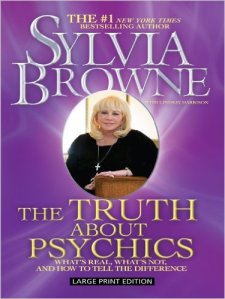Lee Ann B. Marino is Editor-in-Chief of Righteous Pen Publications (www.righteouspenpublications.com) and a corporate partner in the entire imprint family of Righteous Pen Publications along with Veronica Downing, including Lee Ann and Veronica’s Publishing (http://apenandadream.righteouspenpublications.com). She is also a designer for Rose of Sharon Creations (www.roseofsharoncreations.com) and for a new and upcoming design company. She is also the author of 17 books (http://www.amazon.com/Dr-Lee-Ann-B-Marino/e/B00J7X49YE/ref=sr_ntt_srch_lnk_1?qid=1439527539&sr=8-1). Here she posts her all-time top ten favorite books to share with all of us!
(All summaries are from the books themselves)
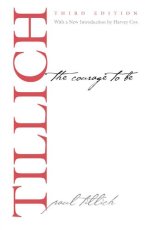 The Courage To Be (by Paul Tillich)
The Courage To Be (by Paul Tillich)
Originally published more than fifty years ago, The Courage to Be has become a classic of twentieth-century religious and philosophical thought. The great Christian existentialist thinker Paul Tillich describes the dilemma of modern man and points a way to the conquest of the problem of anxiety.
Selected as one of the Books of the Century by the New York Public Library.
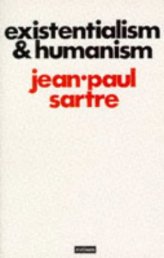 Existentialism And Humanism (by Jean-Paul Sartre)
Existentialism And Humanism (by Jean-Paul Sartre)
It was to correct common misconceptions about his thought that Jean-Paul Sartre, the most dominant European intellectual of the post-World War II decades, accepted an invitation to speak on October 29, 1945, at the Club Maintenant in Paris. The unstated objective of his lecture (“Existentialism Is a Humanism”) was to expound his philosophy as a form of “existentialism,” a term much bandied about at the time. Sartre asserted that existentialism was essentially a doctrine for philosophers, though, ironically, he was about to make it accessible to a general audience. The published text of his lecture quickly became one of the bibles of existentialism and made Sartre an international celebrity.
The idea of freedom occupies the center of Sartre’s doctrine. Man, born into an empty, godless universe, is nothing to begin with. He creates his essence—his self, his being—through the choices he freely makes (“existence precedes essence”). Were it not for the contingency of his death, he would never end. Choosing to be this or that is to affirm the value of what we choose. In choosing, therefore, we commit not only ourselves but all of mankind.
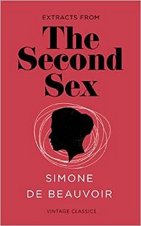 The Second Sex (by Simone de Beauvoir)
The Second Sex (by Simone de Beauvoir)
Simone de Beauvoir’s masterwork is a powerful analysis of the Western notion of “woman,” and a groundbreaking exploration of inequality and otherness. Vital and groundbreaking, Beauvoir’s pioneering and impressive text remains as pertinent today as it was sixty years ago, and will continue to provoke and inspire generations of men and women to come.
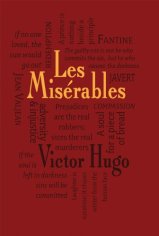 Les Miserables (by Victor Hugo)
Les Miserables (by Victor Hugo)
Les Miserables is widely considered one of the greatest novels of the 19th century. First published in France in 1862, it is Victor Hugo’s greatest achievement–the ultimate tale of redemption. Former prisoner Jean Valjean struggles to live virtuously after an unexpected act of forgiveness by a kindly bishop changes his life. His righteous actions change people’s lives in surprising ways and culminate in romance between two young people. Les Miserables is a must-have addition to the libraries of all classic literature lovers.
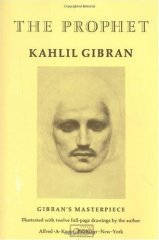 The Prophet (by Kahlil Gibran)
The Prophet (by Kahlil Gibran)
This is Khalil Gibran’s best and most powerful work ever-written…. Blending the elements of Eastern and Western mysticism, Lebanese – American essayist – Khalil Gibran, in this enriching collection of parables expounds the philosophy of living conveying a strong and beautiful message on every aspect of life. Set forth in the form of profound wisdom and philosophy of life, these discourses apply dynamically with amazing timeliness to our human problems in day-to-day life. Millions of followers today absorb Gibran’s writings with religious devotion and fervours because his thoughts are ageless and realistic.
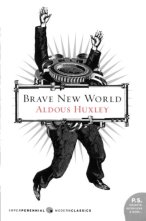 Brave New World (by Adolus Huxley)
Brave New World (by Adolus Huxley)
The astonishing novel Brave New World, originally published in 1932, presents Aldous Huxley’s vision of the future — of a world utterly transformed. Through the most efficient scientific and psychological engineering, people are genetically designed to be passive and therefore consistently useful to the ruling class. This powerful work of speculative fiction sheds a blazing critical light on the present and is considered to be Huxley’s most enduring masterpiece.
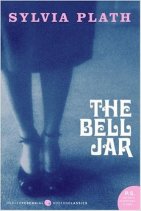 The Bell Jar (by Sylvia Plath)
The Bell Jar (by Sylvia Plath)
The Bell Jar chronicles the crack-up of Esther Greenwood: brilliant, beautiful, enormously talented, and successful, but slowly going under — maybe for the last time. Sylvia Plath masterfully draws the reader into Esther’s breakdown with such intensity that Esther’s insanity becomes completely real and even rational, as probable and accessible an experience as going to the movies. Such deep penetration into the dark and harrowing corners of the psyche is an extraordinary accomplishment and has made The Bell Jar a haunting American classic.
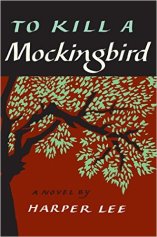 To Kill A Mockingbird (by Harper Lee)
To Kill A Mockingbird (by Harper Lee)
“Shoot all the bluejays you want, if you can hit ’em, but remember it’s a sin to kill a mockingbird.”
A lawyer’s advice to his children as he defends the real mockingbird of Harper Lee’s classic novel—a black man charged with the rape of a white girl. Through the young eyes of Scout and Jem Finch, Harper Lee explores with rich humor and unswerving honesty the irrationality of adult attitudes toward race and class in the Deep South of the 1930s. The conscience of a town steeped in prejudice, violence, and hypocrisy is pricked by the stamina and quiet heroism of one man’s struggle for justice—but the weight of history will only tolerate so much.
One of the best-loved classics of all time, To Kill a Mockingbird has earned many distinctions since its original publication in 1960.
It has won the Pulitzer Prize, been translated into more than forty languages, sold more than forty million copies worldwide, and been made into an enormously popular movie. It was also named the best novel of the twentieth century by librarians across the country (Library Journal).
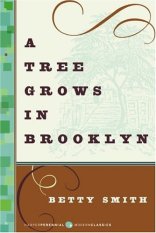 A Tree Grows In Brooklyn (by Betty Smith)
A Tree Grows In Brooklyn (by Betty Smith)
The beloved perennial classic—named as one of the books of the twentieth century by the New York Public Library.
Orville Prescott has called this American classic “one of the most dearly beloved and one of the finest books of our day.” Indeed, when A Tree Grows in Brooklyn was first published in 1943, four printing plants were required to keep up with the demand.
Seventy years later, readers are still fascinated by Betty Smith’s moving portrayal of the Nolans, a poor family living in the Williamsburg slums of Brooklyn. A poignant tale of childhood and the ties of family, A Tree Grows in Brooklyn will transport the reader to the early 1900s where a little girl named Francie dreamily looks out her window at a tree struggling to reach the sky.
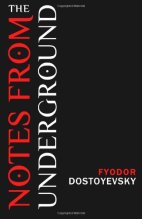 Notes From The Underground (by Fyodor Dostoyvesky)
Notes From The Underground (by Fyodor Dostoyvesky)
A predecessor to such monumental works such as Crime and Punishment and The Brothers Karamazov, Notes From Underground represents a turning point in Dostoyevsky’s writing towards the more political side. In this work we follow the unnamed narrator of the story, who disillusioned by the oppression and corruption of the society in which he lives withdraws from that society into the underground. A dark and politically charged novel, “Notes From Underground” shows Dostoyevsky at his best.
 Honorable Mention: Being And Nothingness (by Jean-Paul Sartre)
Honorable Mention: Being And Nothingness (by Jean-Paul Sartre)
Here Sartre has systematically presented his philosophy of Being. This book is a sine qua non for any understanding of existentialism and its importance as one of the leading philosophical movements of the twentieth century.
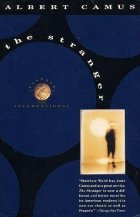 Honorable Mention: The Stranger (by Albert Camus)
Honorable Mention: The Stranger (by Albert Camus)
The Stranger is as beautiful as any work of art can hope to be. It is in the latter parts of the book, where Mersault’s words have a lyrical power not seen previous, that the English translation achieves the haunting effect that must be even more prevalent in the French. The first thing readily obvious is that the character has no emotional connection to what he experiences; he simply experiences. Thus, Camus utilizes an American style, terse and detached. Some reviewers were off put by this. “How could he not care that his mother died? ” Attaching immorality to Mersault merely shows a total misunderstanding of the book. Camus believed in “absurd freedom,” life has no inner value and is futilely cut short, but it is up to us to determine our life in such uncertainty. If one doesn’t interpret life, emotion doesn’t exist. But the values that society has incriminate you if you don’t conform. They make you strange. They take no account of individuality. That is the peril of the main character after a bizarre series of events on a sun drenched beach. The power of Camus is that even though he creates such a bleak, hopeless human situation the characters still go on as best they can, perhaps even attaining happiness. “One must imagine Sisyphus happy,” to quote The Myth of Sisyphus. That is also the power and beauty of mankind.
 Honorable Mention: Dangerous Liaisons (by Pierre Choderlos de Laclos)
Honorable Mention: Dangerous Liaisons (by Pierre Choderlos de Laclos)
Published just years before the French Revolution, Laclos’s great novel of moral and emotional depravity is a disturbing and ultimately damning portrayal of a decadent society. Aristocrats and ex-lovers Marquise de Merteuil and Vicomte de Valmont embark on a sophisticated game of seduction and manipulation to bring amusement to their jaded lives. While Merteuil challenges Valmont to seduce an innocent convent girl, he is also occupied with the conquest of a virtuous married woman. Eventually their human pawns respond, and the consequences prove to be more serious-and deadly-than the players could have ever predicted.
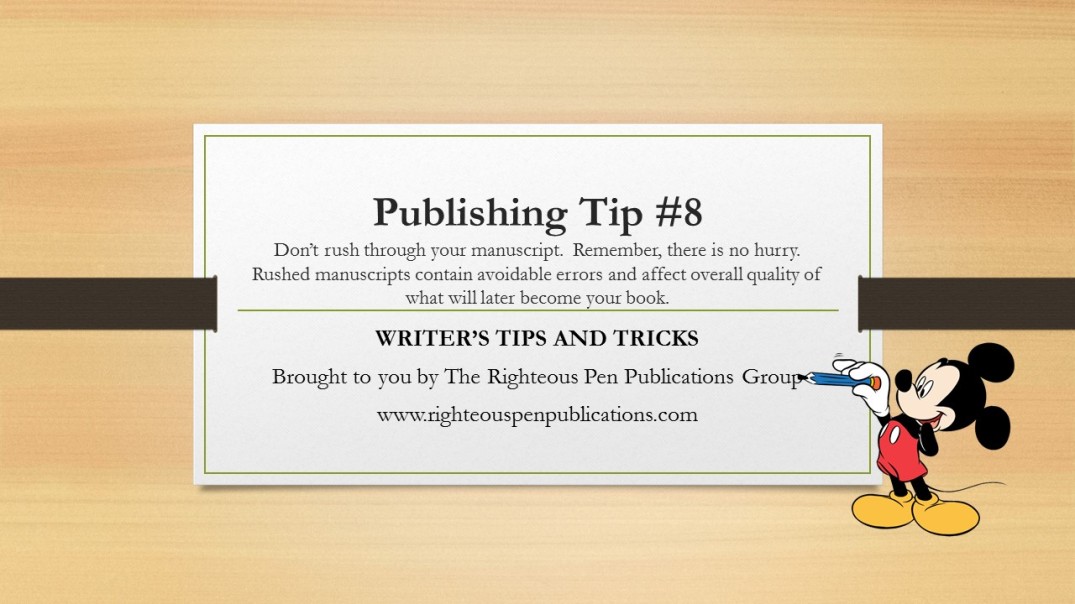

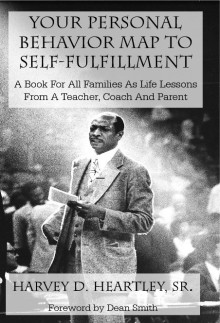 Your Personal Behavior Map To Self-Fulfillment: A Book For All Families As Lessons From A Teacher, Coach, And Parent
Your Personal Behavior Map To Self-Fulfillment: A Book For All Families As Lessons From A Teacher, Coach, And Parent